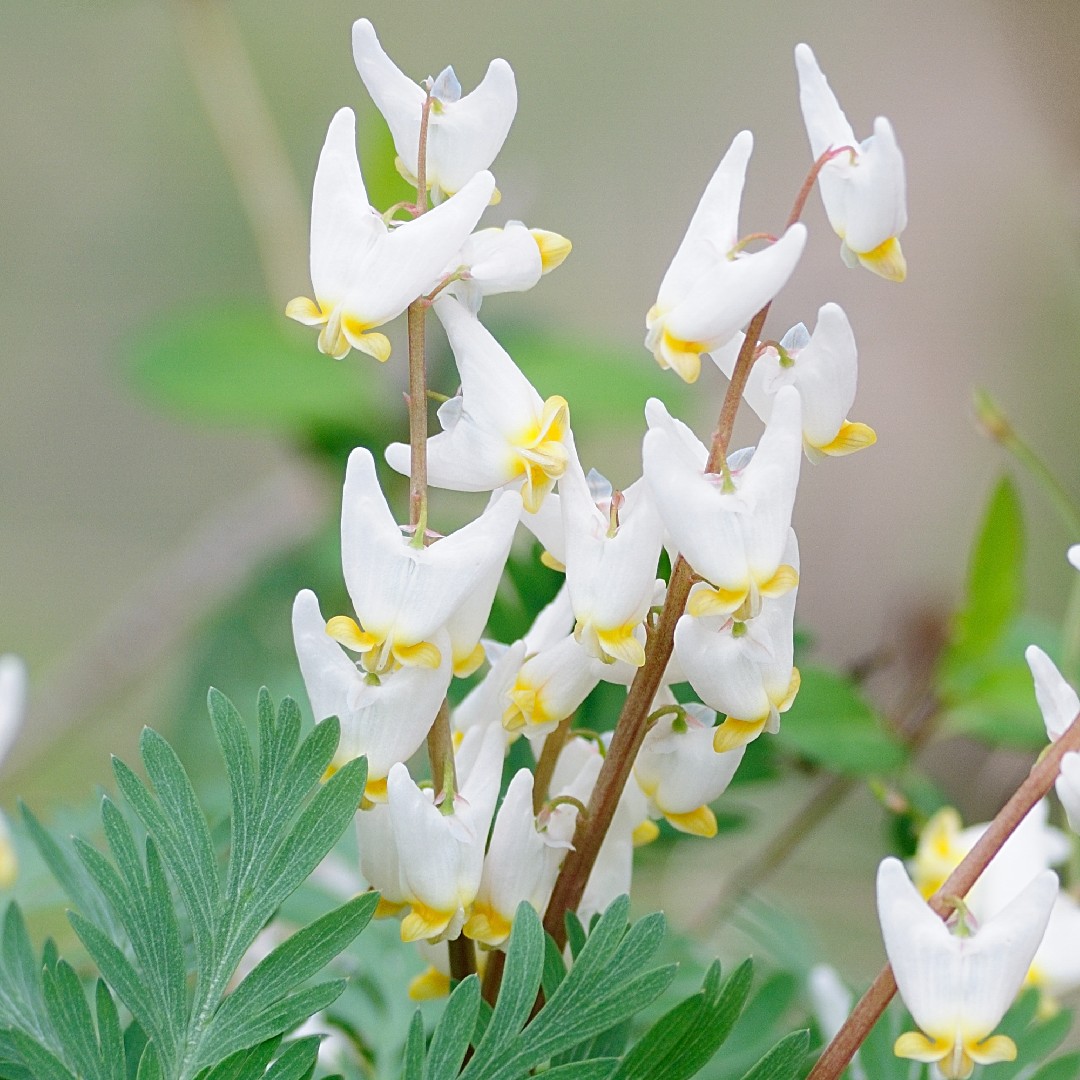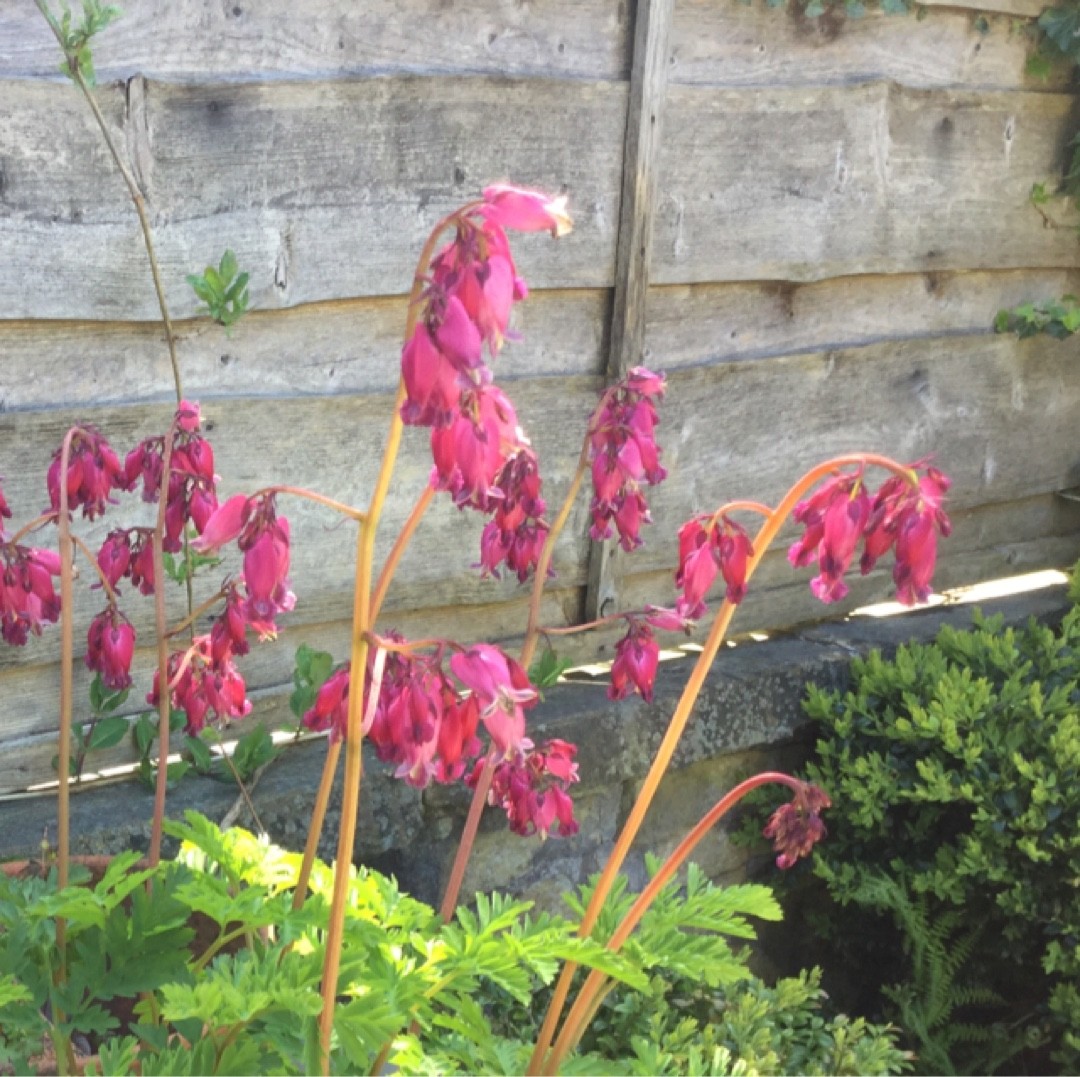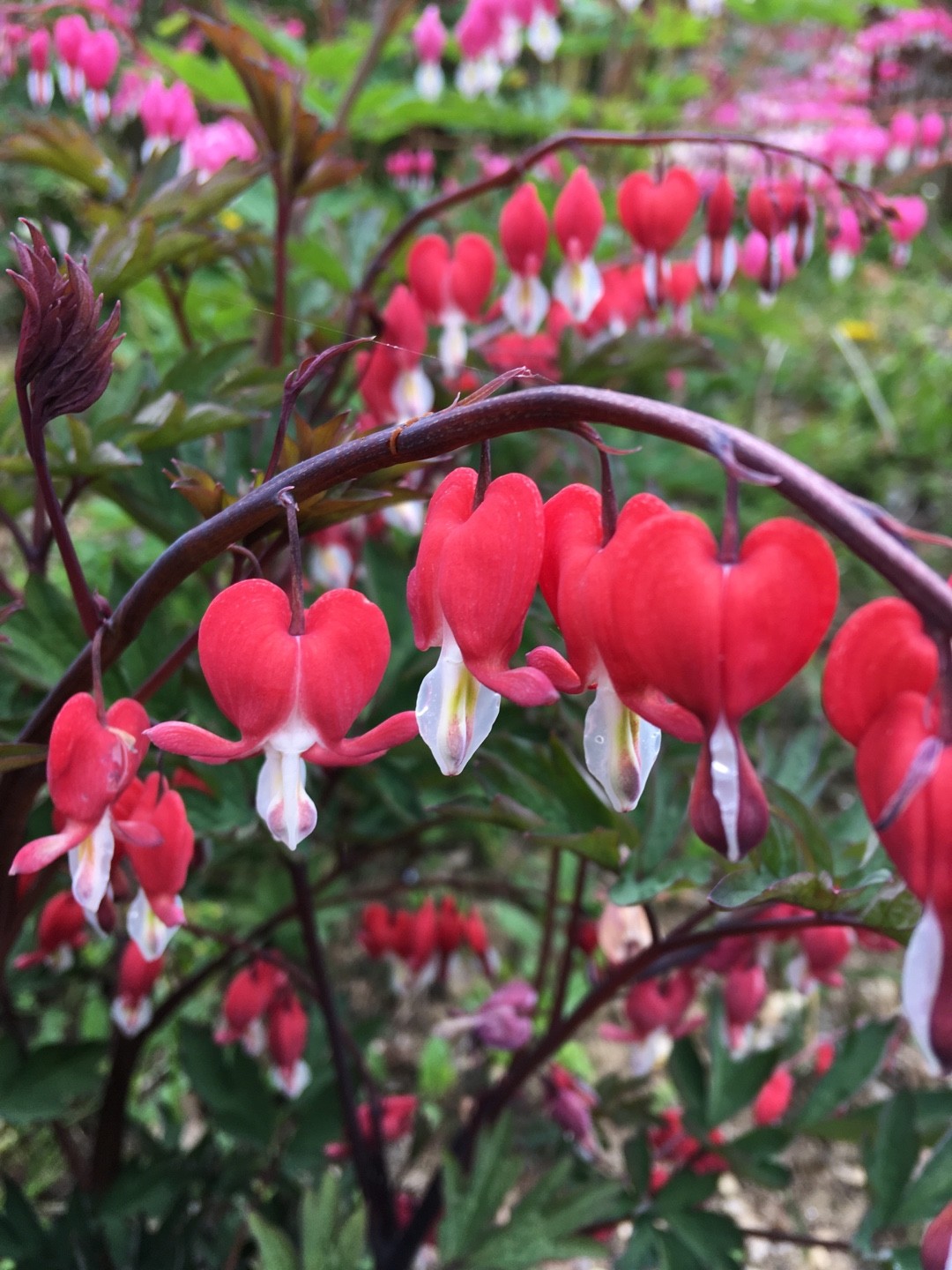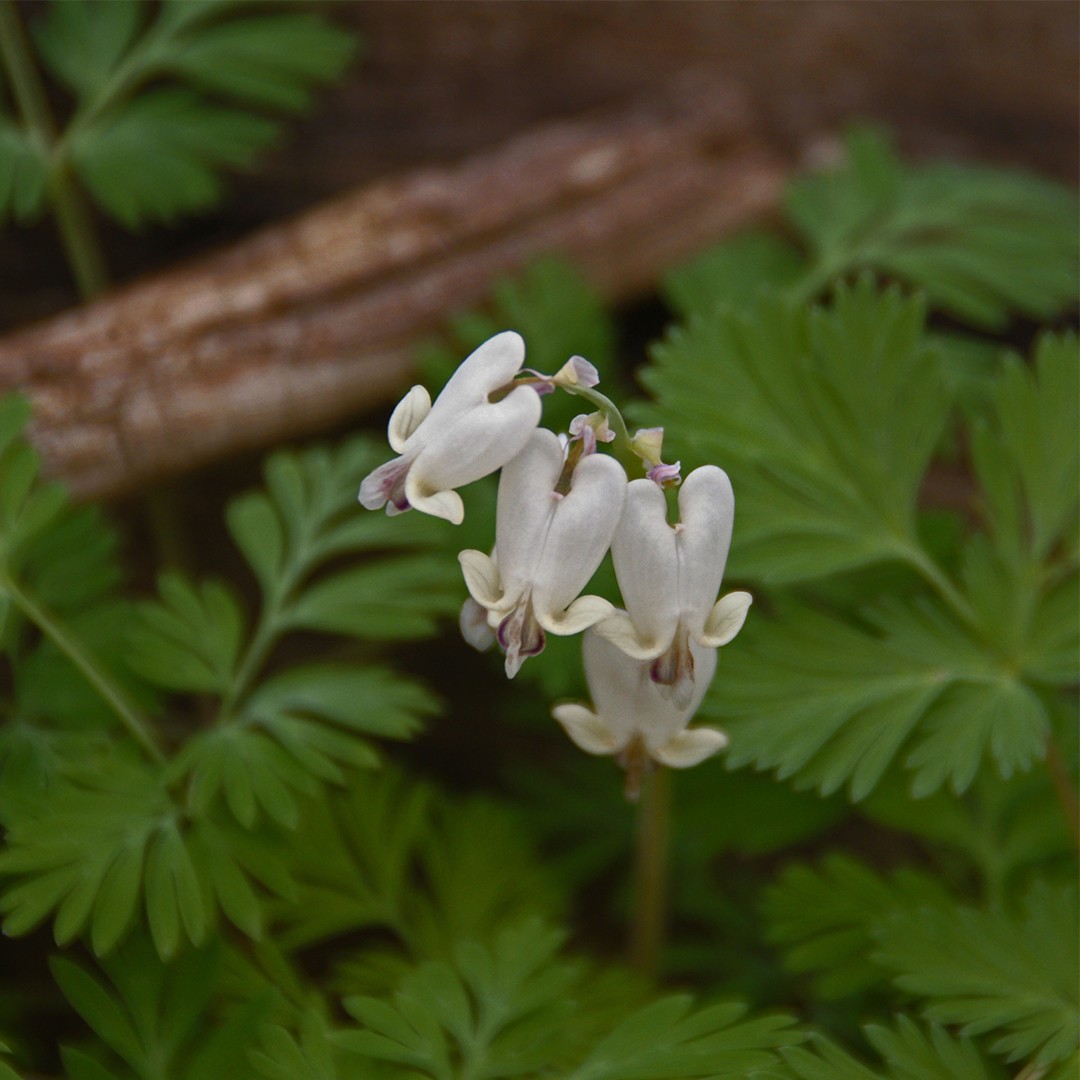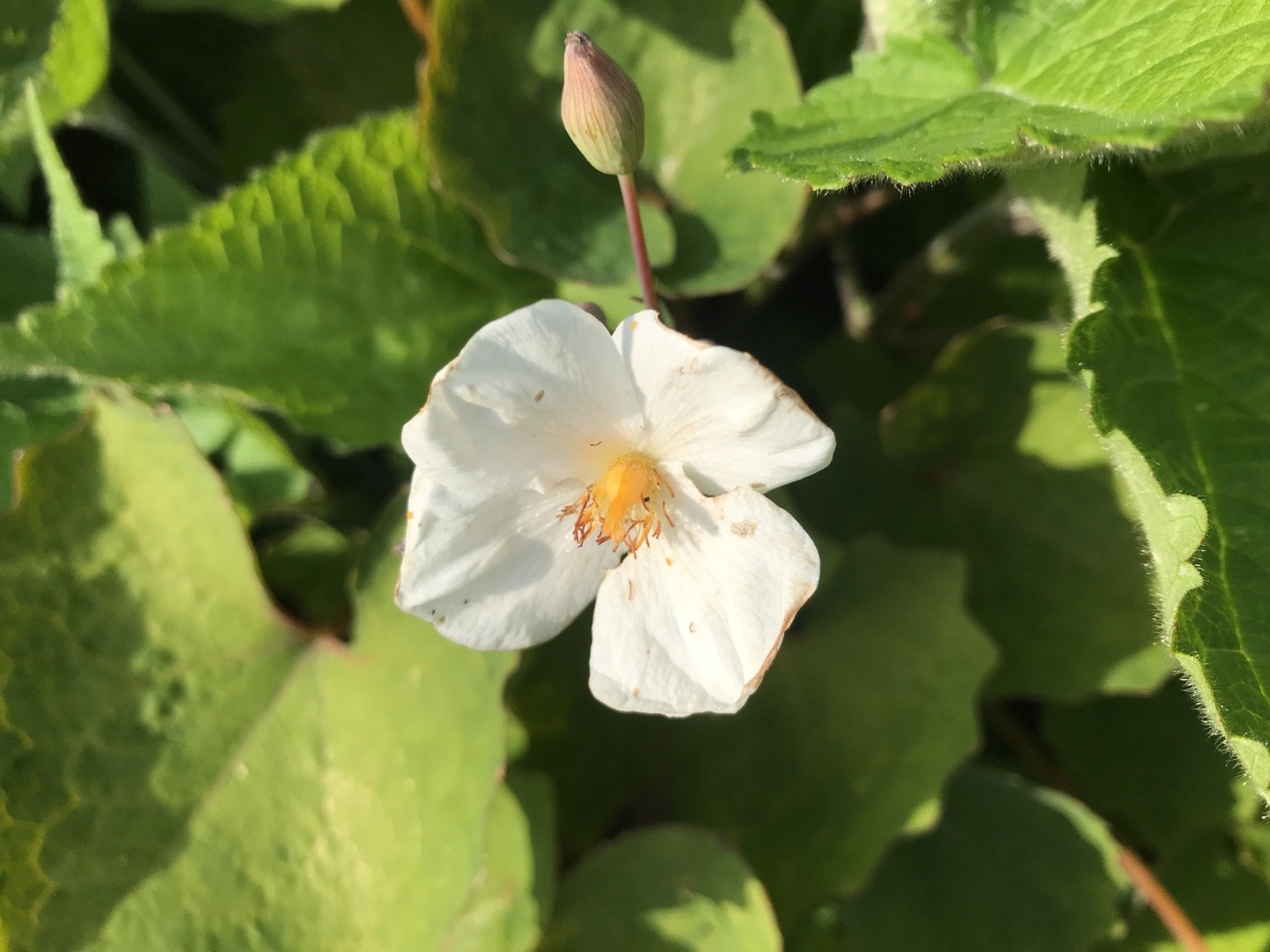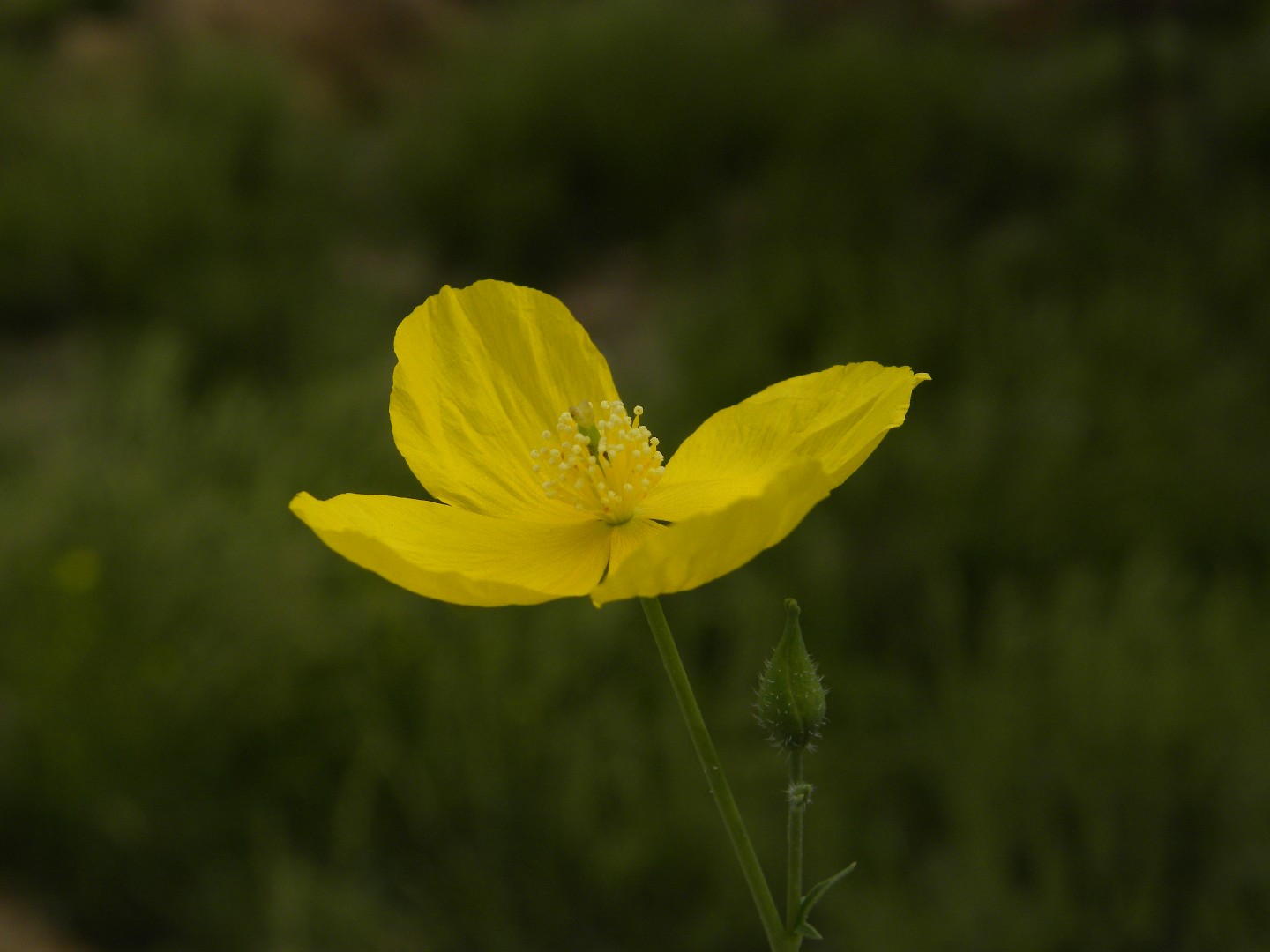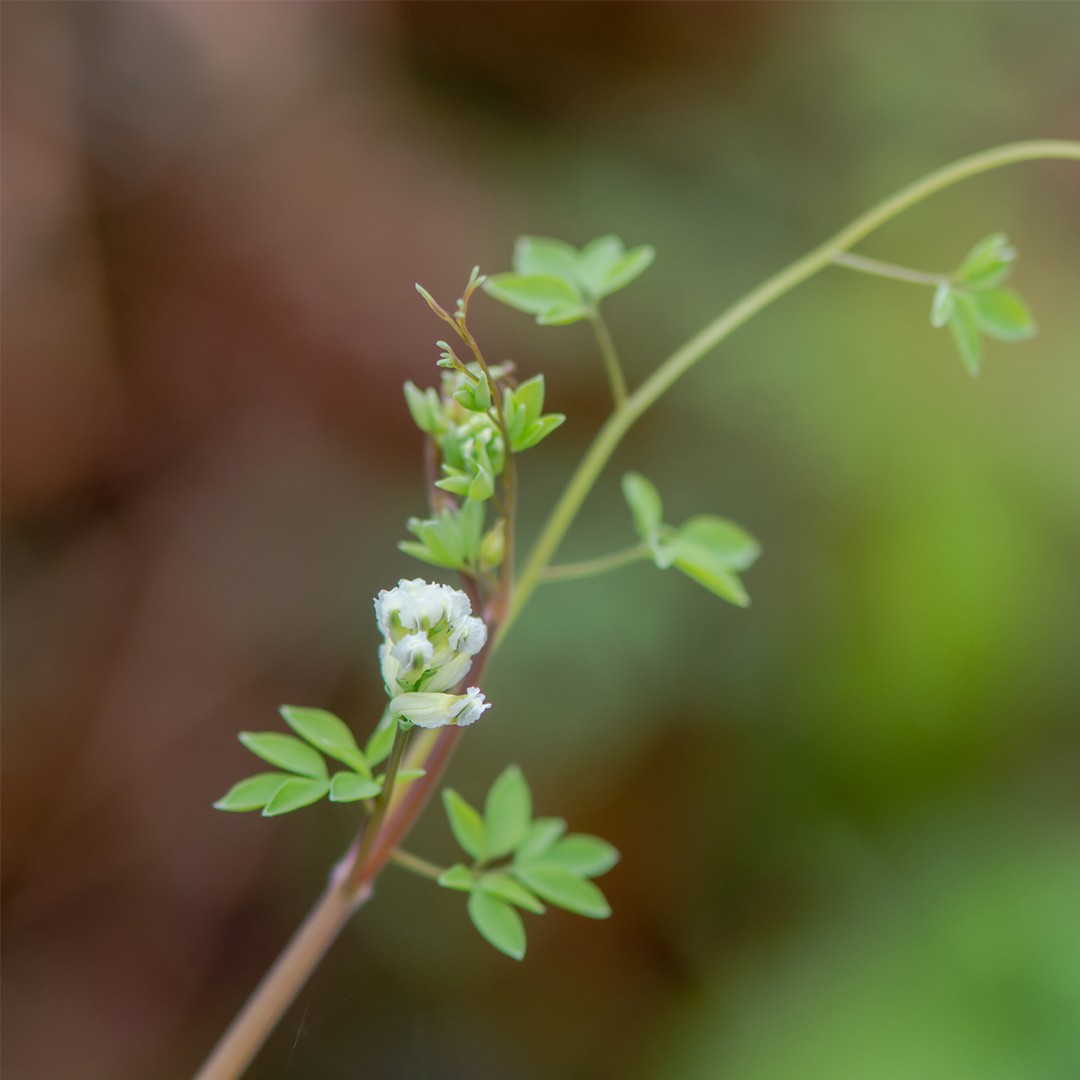![How to Propagate Bleeding-Hearts?]()
How to Propagate Bleeding-Hearts?
For bleeding-Hearts, the primary propagation methods include seed sowing, division, and root cuttings. Success hinges on providing dappled shade, maintaining a cool, temperate environment, and using well-draining soil. Special attention should be given to the delicate nature of roots and shoots during division and rooting. Generally, propagation poses a moderate difficulty due to the plant's sensitivity. For optimal results, divide in early spring or autumn by carefully separating roots to avoid damage. Seeds require cold stratification before sowing to enhance germination.



